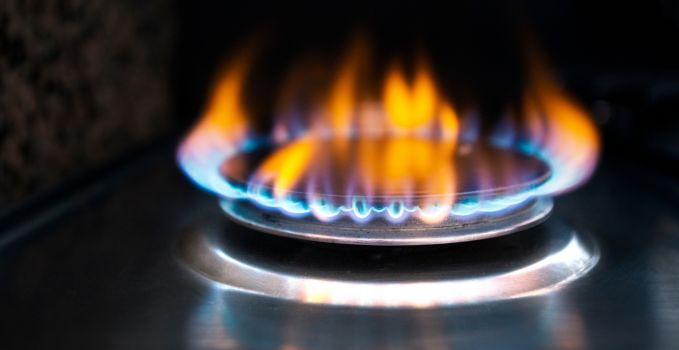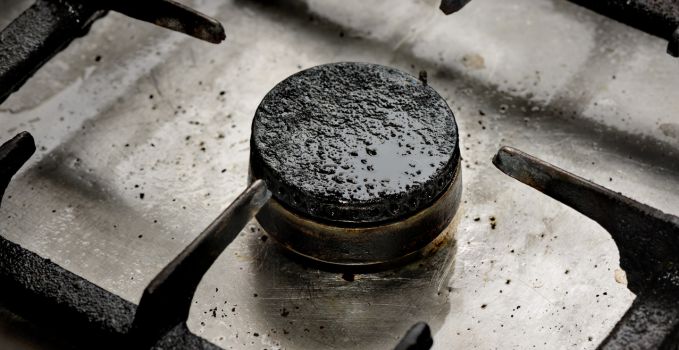If you live in Pakistan, you’ve probably noticed how your gas bill keeps getting higher every winter. With rising tariffs, slab-based billing, and heavy usage in cooking, heating, and geysers, the monthly bill can easily shock most families.
The good news? You don’t always need to make huge lifestyle changes to save money. Even small, everyday adjustments can add up to big savings.
In this guide, I’ll share practical, tested tips that I (and many families in Pakistan) have personally tried — and yes, they actually work.
Step 1: Understand Your Gas Bill
Before reducing your gas bill, you first need to understand how it’s calculated.
- Units Consumed (in cubic meters) → the amount of gas your household used.
- GCV (Gross Calorific Value) → the energy value of the gas, used in billing.
- Slab System → your bill depends on usage slabs (using fewer units can keep you in a cheaper slab).
👉 For example: If you use slightly less gas and stay in a lower slab, your bill can drop significantly.
When I finally took the time to study my SNGPL bill, I realized I could avoid crossing into a higher slab just by turning off my geyser when not in use. That alone saved me around 1,500–2,000 rupees a month.
Step 2: Save Gas in Cooking
Cooking is a major part of household gas consumption in Pakistan. Thankfully, small tweaks here can lead to visible savings.
Use a Pressure Cooker
One of the best tips I ever got was to use a pressure cooker more often. It reduces cooking time by up to 70%. For daal, meat, or beans, it’s unbeatable.
👉 I switched to cooking daal in a pressure cooker instead of a regular pot, and I noticed my cylinder lasted almost 10 days longer when we were on LPG.
Always Cover Pots and Pans
Cooking with lids on traps heat and reduces cooking time. It sounds obvious, but many people don’t do it consistently.
Cook in Bulk
Instead of turning on the stove multiple times a day, cook larger portions and reheat on low flame. For example, if you’re boiling potatoes or chickpeas, prepare enough for 2–3 meals at once.
Check Your Burner Flame
If your stove flame is yellow instead of blue, it means incomplete combustion — wasted gas. Get the burners serviced to ensure efficient burning.

Step 3: Save Gas in Water Heating
In winter, geysers are one of the biggest contributors to high gas bills. Here’s how you can cut down:
Switch to Instant Gas Geysers
Unlike traditional storage geysers, instant geysers only heat water when you need it. They can cut your gas usage by 30–40%.
Lower Your Thermostat Setting
Most people keep geyser temperatures unnecessarily high. Setting it to a moderate level means it uses less gas while still giving you comfortably warm water.
Turn It Off When Not in Use
Leaving your geyser on 24/7 is a habit in many Pakistani homes. I used to do this too. But once I started turning it off after showers and switching it on only when needed, my bill dropped by around 5,000 rupees the following month.
Insulate Geyser Pipes
This is something many people overlook. Wrapping geyser pipes with insulation material prevents heat loss, so the geyser doesn’t need to reheat water as often.
Step 4: Save Gas in Space Heating
With gas shortages in winter, heaters are not only expensive but sometimes unreliable. Still, with smart usage, you can reduce the cost.
Use Room Heaters with Thermostats and Blowers
These heaters warm the room faster and maintain a steady temperature, unlike open flame heaters that waste gas.
Seal Doors and Windows
Cold air entering through gaps makes the heater work harder. Using simple draft stoppers or even rolled-up cloth at the bottom of doors can make a big difference.
Layer Clothing Instead of Relying Fully on Heaters
Wearing thermal wear, sweaters, and using blankets can reduce your dependence on heaters. Sometimes, turning off the heater an hour earlier and layering up saves both gas and money.
Hot Water Bottles for Local Heating
I started using hot water bottles in bed instead of running the heater late at night. The comfort was the same, but the bill? Much lighter.
Step 5: Maintenance & Safety Habits That Save Gas

Sometimes, we overlook small issues that silently waste gas.
- Clean Burners Regularly: Deposits reduce efficiency and increase gas usage.
- Fix Leaks Immediately: Even minor leaks add up to a big loss over time.
- Annual Servicing of Geysers and Heaters: Ensures efficiency and safety.
Once, I had a minor leak near my stove connection. After fixing it, I noticed my monthly usage dropped slightly — proving that even small leaks cost money.
Step 6: Smart Consumption Habits
Beyond appliances, it’s about daily habits.
- Cook on medium flame → high flame often wastes gas without cooking faster.
- Soak lentils, beans, and rice before cooking → reduces cooking time.
- Avoid running multiple high-usage appliances (like geyser + stove + heater) at the same time, as this increases pressure drop and usage.
- Educate family members. In my home, once everyone agreed to turn off burners as soon as food was done, we noticed savings within a month.
Step 7: Long-Term Alternatives & Investments
If your budget allows, consider:
- Electric heaters/geysers → sometimes cheaper depending on your WAPDA unit rate and solar availability.
- Solar water heaters → a one-time investment that pays off in the long run.
- Energy-efficient appliances → replacing old geysers or stoves with modern, efficient ones.

8. Monitor Your Consumption
Finally, the best way to reduce gas bills is to actively monitor usage.
- Track Monthly Units: Compare your usage month by month to see if changes are working.
- Avoid Peak Usage: Try not to use geysers, heaters, and stoves all at once, as this often puts you into higher slabs.
- Involve the Family: Make it a team effort at home. I personally encouraged my kids to take shorter showers, and surprisingly, they adjusted quickly when they understood the savings.
Final Thoughts
Reducing your gas bill in Pakistan isn’t about one big change rather it’s about combining many small, consistent actions. From installing a geyser timer to cooking smarter and sealing drafts in your home, these steps truly work. I’ve personally applied most of these in my own house and saw a noticeable drop in my monthly bills.
It also helps to consistently monitor your gas consumption instead of waiting on your bill from SNGPL. Use our highly accurate bill calculator to calculate your bill just by entering the meter readings.
If you’re struggling with high gas bills, start with two or three of the tips above and gradually add more. Over time, you’ll not only save money but also use energy more responsibly.

